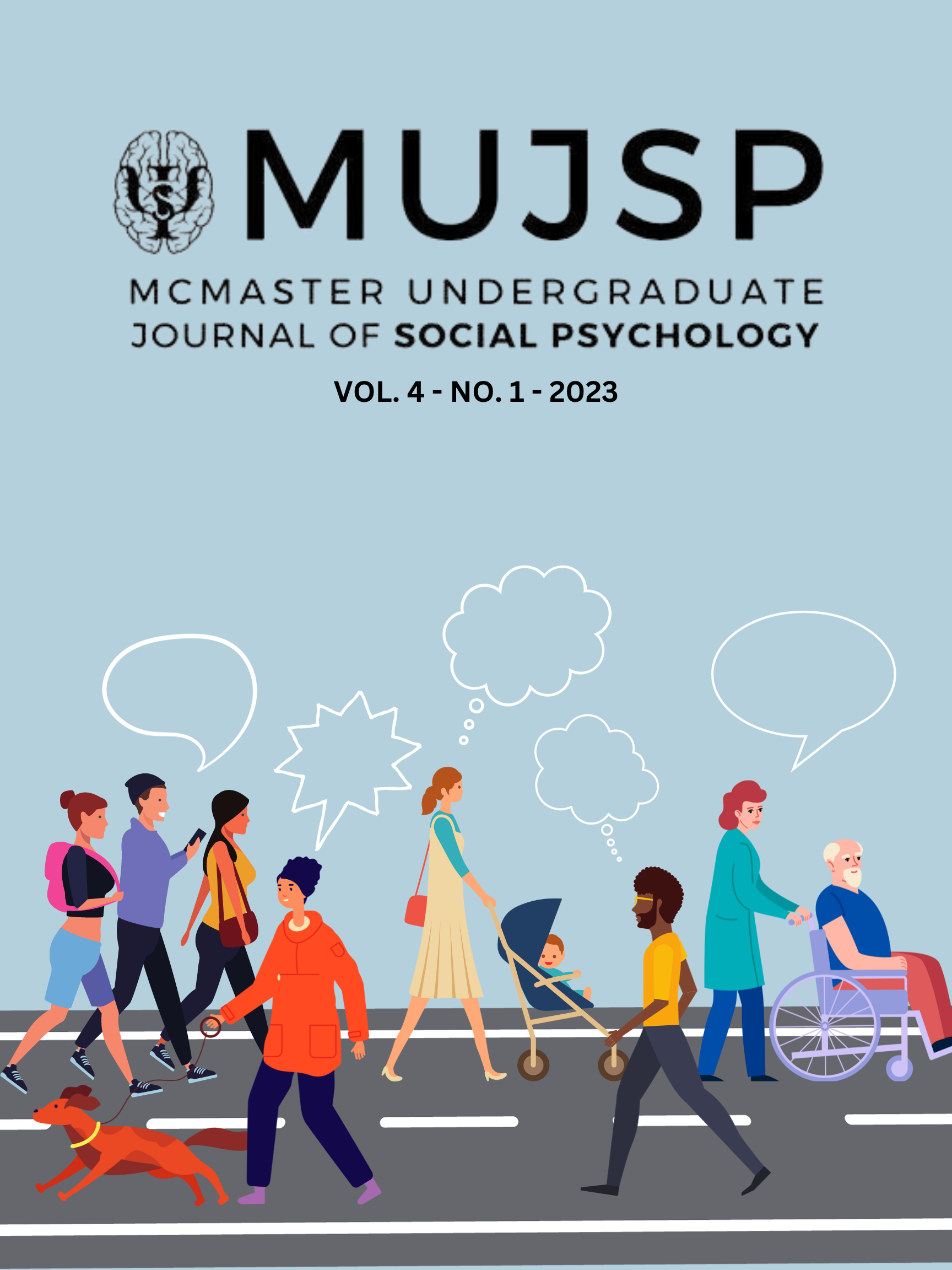Grateful Students: An Intervention to Increase Satisfaction with Life
Abstract
This study employs the use of secondary research to inform its theory, methodology and results. Gratitude has become a popular positive concept that many wish to engage with to increase their life satisfaction. One method of showing gratitude is through the act of praying (Lambert et al., 2009). Performing acts of gratitude has been seen as a popular activity amongst undergraduate students. Praying has been identified as a salient activity amongst self-identified spiritual-but-not-religious (SBNR) students (Schnitker & Richardson, 2019). Currently, the common limitation amongst research studies is that they have neglected to investigate SBNR undergraduate students to examine a gratitude intervention that involves the frequency of vocal praying to enhance life satisfaction. Past and present research currently assess this relationship concerning monotheistic religions, mainly Muslim and Christian students (Schnitker & Richardson, 2019; Gabana et al, 2020; Kraus et al., 2015). Thus, this gap in the area of research begs the question of: Does framing gratitude as a vocal praying intervention increase life satisfaction amongst self-identified spiritual-but-not-religious undergraduate students? It is designed to recruit 150 undergraduate students from a first-year psychology course and employ snowball sampling technique (Schnitker & Richardson, 2019). The participants were to fulfill three requirements to participate which included that the student must self-identify as spiritual- but-not-religious, must reside in the Greater Toronto Area and must have an undergraduate status. Participants were to complete a pre-test online scale using the Satisfaction with Life Scale (SWLS) (Diener et al., 1985). Afterwards, participants were randomly assigned to one of three conditions which ranged from engaging in vocal prayer once daily for four weeks to engage in vocal prayer once a week for four weeks. Participants were tasked to write down 3 things they were grateful for in that day or week and record themselves reciting what they wrote. Lastly, after the four weeks, all participants were instructed to re-engage with the online Satisfaction with Life scale. The overall predicted results suggest that those prior to the intervention scored moderate to low on the SWLS. However, post-intervention would suggest that those who engaged with the intervention more often than those who did once a week would score moderate to high on the SWLS. The implications for this intervention suggest that it can be a protective factor against self-injurious behaviors, demonstrate wellness behaviors, and allow one to have a clear outlook on their goals (Kress et al., 2015; Green et al., 2020; Van Dyke et al., 2009).


